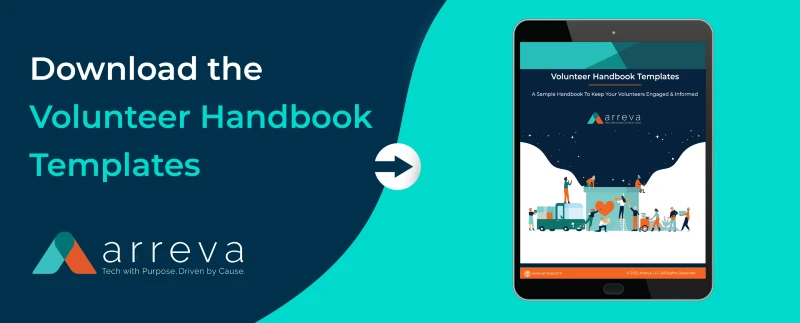Reflections on my Capital Campaign Volunteer Experience

I have been a volunteer on at least eight capital campaigns over the past 25 years. On some I was a working co-chair; on several I was an “honorary” co-chair; on some I was part of the campaign cabinet. I have been to countless cocktail receptions, dinners, and briefings. I have squired many a prospect around on-site visits. I have participated in myriad meetings with potential and actual donors. I have vetted hundreds of names on prospect lists.
Most of these campaigns were successful in reaching their goal. One was not. Some were lots of fun. Some were frustrating. All came with the rewards of helping secure major gifts for an important cause, being part of a hard-working team, and, perhaps most rewarding, watching other donors light up at the idea of making a major commitment to something they love.
Volunteer involvement is key to success in a capital campaign. There’s nothing more likely to open a door than a call from a friend or acquaintance. As articulate and passionate as a staff member might be, there’s nothing more compelling than an endorsement from a peer. Or better yet, a peer on a list of top donors.
So what makes a successful capital campaign volunteer?
First, a volunteer must be willing to make a major gift to the campaign early in the process. You can’t ask others to give if you haven’t given yourself. It’s very powerful to say to a peer “I have given ‘X’ amount of money and I hope you will join me by giving a similar amount.”
Because of this, it’s advisable, though not always possible, to try to match volunteers with prospects who are likely to be able to give at the same level.
Capital campaign volunteers need education about the organization and the campaign goals, of course, but don’t expect a volunteer to be able to answer detailed questions about your programs, client outcomes, and other aspects of your work.
Whenever possible, send an informed staff member along on prospect visits. Don’t just send the Development Director. It’s more effective to send someone who really knows the day-to-day workings of your organization. For high-end prospects, there is no one better to send than the CEO or Executive Director.
Strategize with your volunteers about each prospect. Make a plan of action.
When it’s time for a volunteer to contact a prospect, write an email or letter for them, or give them talking points for a call. Of course, they’ll want to make some edits, but make it all as easy as possible. Make sure they have the phone number, email, or physical address.
Before each prospect meeting, write a detailed agenda including where and when to meet, who is coming, who is starting the conversation, and what key messages you would like each participant to convey. Coach your volunteers to listen closely to what the prospect is interested in so you can send the best person on the next visit or schedule a site visit to see the work in action.
After each prospect meeting, touch base with your volunteer promptly, when the meeting is still top of mind. Remember they lead busy lives and remembering the details of every discussion is undoubtedly more important to you than it is to them. Ask your volunteers what adjustments, if any, need to be made to the strategy. Plan your next steps.
When it’s time to make the ask, decide with the volunteer the approach that is most comfortable for them. Sometimes a written proposal with several options makes it easier to discuss. Sometimes the volunteer won’t want to be directly involved, and you’ll have to make the ask yourself. Some volunteers would like a staff person with them, while others prefer to ask one-to-one. Make sure you follow their lead, but if you feel strongly about the best approach in the circumstance, don’t be afraid to say so.
Your volunteers can probably identify some prospects for you, but don’t expect to rely entirely on their contact lists. Your best prospects come from your organization’s donors. The best use of your volunteers is to work with your existing lists.
My most frustrating experiences as a fundraising volunteer have been when an organization thinks I can invite a bunch of acquaintances to my house for dinner, have them listen to a little presentation, hand them some materials, and boom, we’ve raised lots of money. That’s simply not the way the process works.
My most satisfying experiences as a fundraising volunteer have been when the staff has done its homework, we know what a prospect is looking for, and we have excellent staff follow-up. We have a plan of action, and we follow it together.
Finally, make the experience fun. Gather the volunteers periodically to get to know each other and share ideas. Add some good food, perhaps a little icebreaker, and some lighthearted stories. In between meetings, share success stories and keep everyone up to date on progress toward the goal.
With the right kind of support, volunteering for these campaigns can bring tremendous satisfaction and, more importantly, success!


